Popular games for platform Vectrex
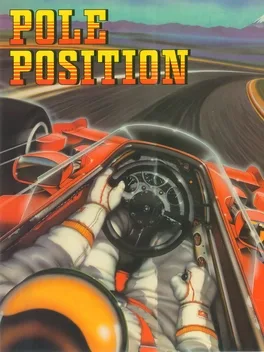
The very first racing game with the rear perspective camera and track based on real life.

The player controls an aircraft, referred to in the game as a "Jet," and has to guide it across a scrolling terrain, battling obstacles along the way. The ship is armed with a forward-firing weapon and bombs; each weapon has its own button. The player must avoid colliding with the terrain and other enemies, while simultaneously maintaining its limited fuel supply which diminishes over time. More fuel can be acquired by destroying fuel tanks in the game. The game is divided into six sections, each with a different style of terrain and different obstacles. There is no intermission between each section; the game simply scrolls into the new terrain. Points are awarded based upon the number of seconds of being alive, and on destroying enemies and fuel tanks. In the final section, the player must destroy a "base". Once this has been accomplished, a flag denoting a completed mission is posted at the bottom right of the screen. The game then continues by returning to the first section once more, with a slight increase in difficulty.
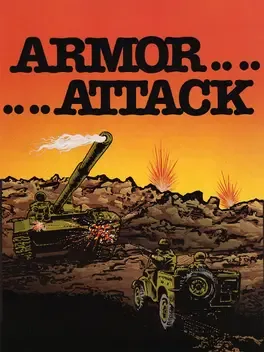
The player controls a jeep and must destroy the many tanks and helicopters that attack them in a maze-like cityscape. The jeep is armed with a rocket launcher that fires straight forward; the player can have two rockets on-screen at the time. The driving is generally similar to the well-known Combat for the Atari 2600. Tanks periodically spawn from different locations on the edge of the screen and drive towards the player. The tanks always travel along horizontal or vertical lines, unlike the freely moving jeep. Tank turrets move to track the player, allowing them to shoot in any direction. Tanks normally take two hits to kill, and the player can have only two rockets on the screen at a time. The helicopter spawns from any point, and approaches the player in looping paths flying over the jeep and periodically firing. If hit, the helicopter spirals in.
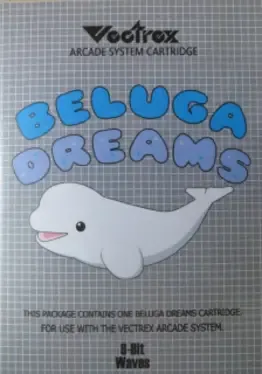
Sleep. Eat. Swim. Repeat. Mr. Beluga is tired of the same daily routine and longs for something more. He looks forward to bedtime when he can close his eyes and dream of what he wants to do most of all: flying.
Unlike the previous Vecmania, which comprised seven full games and two demos, the majority of Vectopia is composed of unfinished demos and only three full games. In order to cycle through the games, once the menu screen appears after power-up, the player must press button one on the Vectrex controller, then to play a game they must press button four Games in Vectopia: - Wormhole - Trakkers - Vectropolis 500 (demo) - Spike's Water Balloons - Control Test (demo) - Mad Planetoid Test Wk (demo) - Star Fire Early Work (demo) - Star Fire Early Work II (demo) - Star Fury Test Work - Trivia
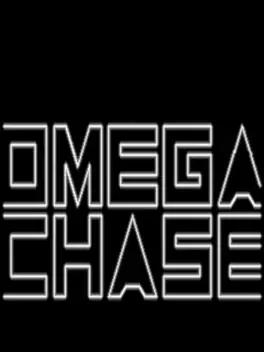
Omega Chase (non-deluxe version) is the predecessor to Omega Chase Deluxe and was a download only version of the game. While there are a number of differences between Omega Chase and Omega Chase Deluxe, Omega Chase is included on Omega Chase Deluxe along with the game Zap. The main difference between the two versions of the game is that with Omega Chase, the enemies travel in only one direction around the center of the track, but in Omega Chase Deluxe, the enemies travel from both sides simultaneously. Creator Christopher Tumber felt there was no need to release the original file on cartridge as it was included on the compilation of the game.
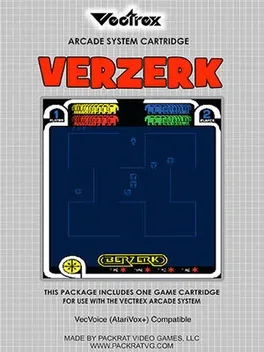
Verzerk is a hack of Berzerk, adding speech this time around, with a robotic voice welcoming the player during the attract mode, then states "this is Verzerk". The phrases from the original arcade version of "shoot him", "chicken, fight like a robot", "got you humanoid", etc. are included in this release. The game plays identically to Berzerk though, aside from that and only being for one player.
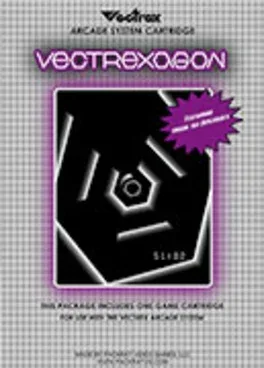
A new game for the classic Vectrex console for 2016! Avoid hitting the walls while the difficulty increases, with everyhing moving faster and faster in beat to the pumping soundtrack. Programmed by Andreas Gustafsson, music by Yerzmyey (of AY-Riders), and based off a game concept by Terry Cavanagh. This is the 'unlimited' release of Vectrexagon, which will be made as long as there is demand for the game (meaning it will be made for a long time). Note: Each game comes with a unique number on the inside of the box cover, indicating which manufactured game the purchaser has bought, as the games are made. The number shows how many have sold so far, and which one was purchased.
The goal in Narrow Escape is to successfully navigate a ship through the narrow, fast-moving passages of the warlord's fortress, destroy the defense forces and avoid space debris. The player's ship must also be maneuvered through small holes in a series of walls where fuel cells can be picked up to restore the ship's constantly decreasing fuel supply. If the player pilots their ship successfully, they will be faced with the warlord's own escape ship which must be hit several times to be destroyed, liberating the star system from the warlord's tyranny. Each level becomes more difficult as everything will move faster, fuel will be consumed more quickly, the holes in the walls will become smaller, and more menacing defense forces will appear. Each level of game play consists of two phases: 1. Passages: During the first phase of each level, the player must maneuver their ship through the narrow, moving passages with the joystick while shooting six of the warlord's defense forces with button 4. If any of the six are missed, they will go off-screen and be recycled to give the player another chance, but more fuel will be used. In addition to various defense forces which must be destroyed, there are extra targets that can be shot for additional points. Unlike the regular defense forces, the extra targets are non-threatening in that they will not shoot or crash into the player's ship. During this phase, space debris will also be shooting up through the play field. Space debris cannot be shot and can only be avoided by dodging it by moving from side to side. The walls of the narrow passage are also a danger to the player. If the player's ship crashes into a wall, a life will be lost. There are gaps between the moving walls which the player can maneuver quickly into and out of so as to avoid approaching enemies or space debris, however as game play becomes faster this will present a higher risk to crashing into oncoming walls. 2. Walls: If the passages are successfully navigated and the the required six defense forces are destroyed, the player will enter the second phase. This is a series of walls with holes. In the first level of the game, there are five successive walls, each with one hole through which the player must maneuver their ship. In the second level of play, there will be six successive walls, in the third level, seven walls, etc. Also the size of the holes will become smaller in each new level. The hole will be in a different location on each wall. After passing through the hole in each wall (but prior to entering the hole in the next wall) there will be a fuel cell which must be passed to pick up. If the fuel cells are missed, the game will continue, but the fuel gauge will be continuously depleting. Note: in early levels of the game, all of the fuel cells will not need to be captured. However as the game progresses and fuel is consumed faster, all of the fuel cells will need to be captured in order to make it through the next level. After successfully completing three levels of play, the player will come face-to-face with the warlord's escape ship in open space. The warlord's ship must be shot five times to be destroyed during the first encounter, seven times on the next encounter, nine times the next, etc. The warlord's ship will shoot torpedoes at the player's ship, which can be either avoided or shot at to be destroyed. If the warlord's escape ship is destroyed, the player will enter the next level of play and the game will continue.
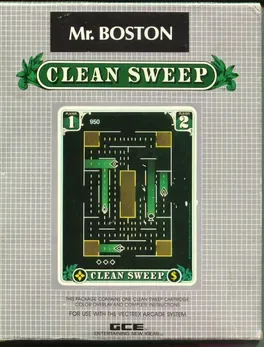
Produced as a promotional item for the Mr. Boston liquor company, Mr. Boston Clean Sweep is an extremely rare game for the Vectrex.
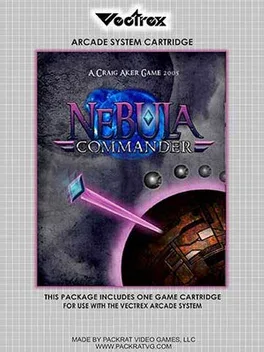
As of early 2015, Nebula Commander is still the only real time strategy game for the Vectrex. One or two players must gather up resources and create and launch weapons to destroy the other’s space station while defending their own in turn. Two players can face off with each other or one player can go against the computer.

Dodge the walls to fly as high as possible!
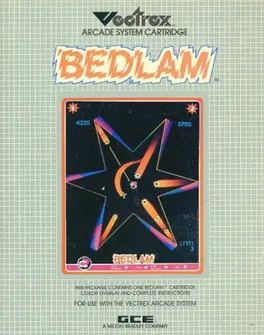
In the arcade game Tempest, players controlled a blaster that could move around the outermost lanes of a bunch of geometrically-shaped levels and fire at ships that emerged from the middle or innermost areas of those levels. Bedlam, however, was a "Tempest in reverse", where players' ships (resembling the Millennium Falcon from several of the Star Wars movies) sat in the middle of sectors while ships emerge from points of those sectors and came inwards towards the player. Players turn their ships left and right and can spin them around quicker with the Fast Rotate button. Also, Zap, like the Superzapper on Tempest, will destroy everything onscreen and can only be used once per sector. There are several different types and mannerisms of enemies as well as sectors. Getting rammed by an enemy will cause the player to lose a ship in reserve and the game will end once the player has no more remaining ships.

Spike's Water Balloons. Spike returns in this Vectrex version of popular "Kaboom" and "Mad Bomber" style games of the early eighties !
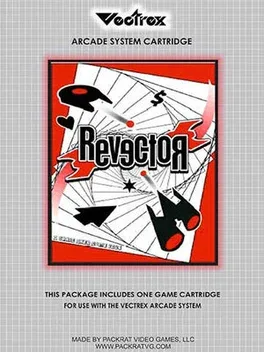
Your goal is to out score your opponent in a 7 minute timed match. You can score points by shooting your opponent or by picking up power-up items. Revector allows you to take-on another player head-to-head, or a challenging CPU opponent. Revector features a rather unique vehicle control system with the joystick controling both rotation and thrust. Power-up's include points, health, energy, weapons, invisibility and more ...
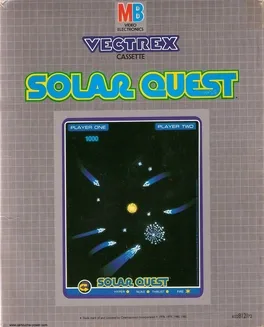
The player controls a ship that can rotate to the left and right and thrust forward, similar to the better known Asteroids, and like that game the player also has a "hail mary" device, hyperspace. In the center of the screen is the sun, which pulls objects into it, in a fashion similar to Spacewar!. The screen wraps at the edges. Waves of enemy spaceships appear in groups of up to eight. There are seven different types of ships, growing smaller to make them harder to hit. Each "phase" of the gameplay completes when each of the seven waves is destroyed. The spaceships are a collision hazard and normally fly around the screen randomly. As the game progresses, they become more likely to attempt to ram the player directly. At higher levels, the ships gain weapons and attempt to shoot the player. The player's ship is armed with two weapons, a cannon and a "nuke". The cannon fires a single shot in the direction your ship is pointed, and the game allows up to four shots on screen at once. The nuke destroys all ships in the area when it is triggered, which occurs with a second button press after being launched from the ship. The player's ship starts the game with three nukes and gains a new one every 10000 points. Whenever an alien ship is destroyed, a "survivor" is left drifting in space. The player can collect the survivors by flying his ship over them. Alternately he can shoot them, or allow them to fall into the sun. The player is awarded with points for successful rescues, and eventually free ships. The game is remembered fondly by many players, and Simon Burns of VoxelArcade called it "freedom under an overlaid blue sky".
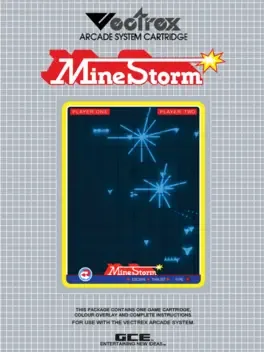
The game begins with a large enemy ship dropping mines onto the field as an ominous jingle plays, and moves from the top to the bottom of the screen, where it disappears. The player's ship starts in the middle of the field with 5 lives. Numerous mines then start popping up. The player must destroy all of the mines in order to progress to the next minefield. All of the mines can be destroyed with one shot, or hit with the player's ship, costing the player a life. There are 4 types of mines.

This is Vector Vaders as it was meant to be, with simpler graphics for faster and flicker free action, along with some bug fixes and multi-channel sound effects!
From http://www.packratvg.com/vmania.html This game is a remix of Patriots by John Dondzila. It's improved graphics routines, bug fixes and multi-channel sound effects. There is no original cover for cartridge. The original cover is only for package Vecmania.
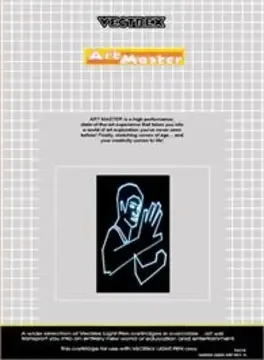
The Light Pen is an accessory for the Vectrex released in 1983 by GCE. It was quite revolutionary for its time, but because of the Great Video Game Crash of 1983, it ended up as a commercial failure. Packed in with the accessory was the game Art Master. During its lifetime, GCE managed to release three games for it: Art Master, Melody Master and AnimAction. There was also a prototype, Mail Plane, that never managed to get a release.
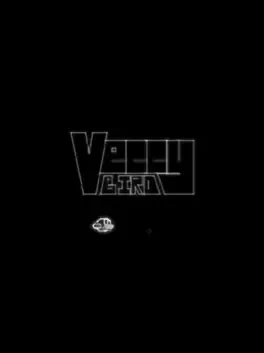
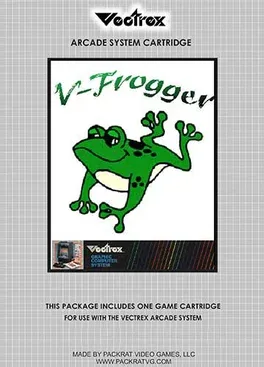
Guide frogs across a busy street and then through dangerous water to get to their home, in this enhanced version of this arcade game clone by Christopher Salomon. The variety of objects and enemies will kill a players' frog on contact, plus there is a timer for each level too, of which there are 16 total. The game is enhanced with a pause mode, so you can take a break if you need too!
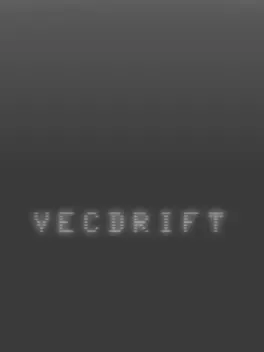
Car racing game
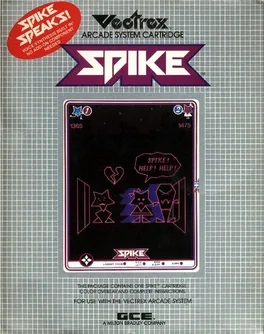
The evil Spud has taken Spike's girl, Molly, and Spike must make his way through various levels on platforms and ladders to rescue Molly. You must move the ladder from platform to platform and jump gaps to retrieve the key that will set Molly free from her cage. But be careful, Spud has evil bounces and birds he has sent out after you! You can defend yourself by kicking right or left. You can play either one player or two player mode where each player takes a turn with a single joystick controller. Who will save the fair Molly first and win her affection?